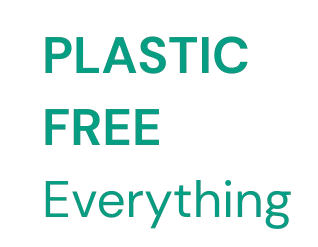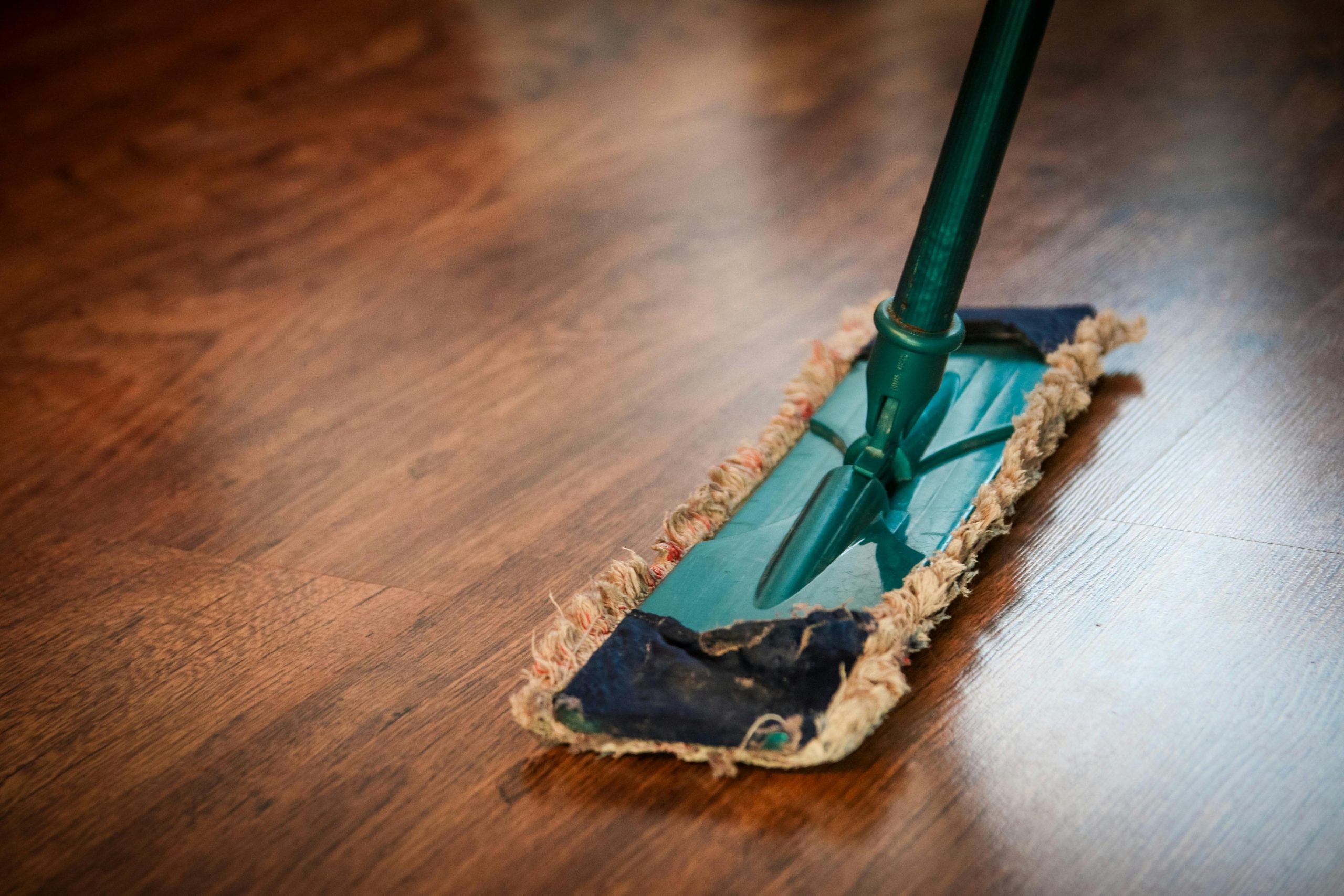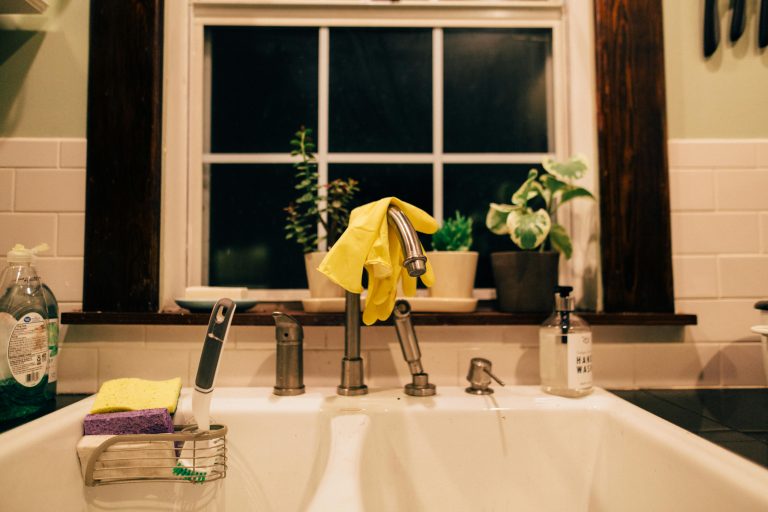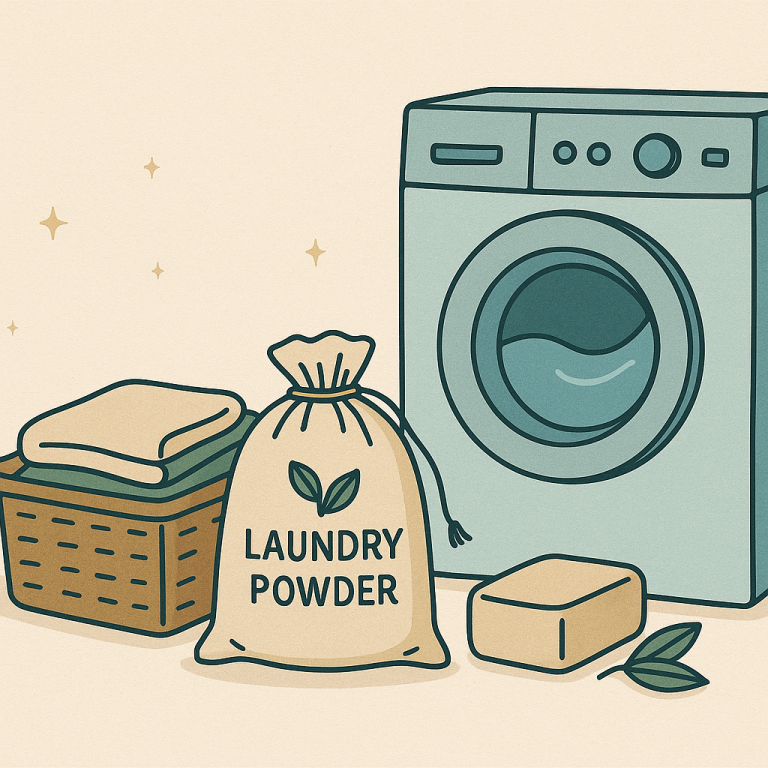The Ultimate Plastic-Free Cleaning Guide: How to Ditch Plastic for a Healthier, Greener Home
Tired of all the plastic cluttering up your cleaning cabinet? You’re not alone. So many everyday cleaning products come wrapped in plastic, and it really adds up. Making the switch to plastic-free cleaning isn’t as hard as you might think, and it’s a fantastic way to make your home healthier and kinder to the planet. We’ll walk you through why it matters and how to easily swap out those plastic offenders for better options.
Key Takeaways
- Many common household cleaners and their packaging contribute to plastic waste.
- Switching to refillable concentrates and reusable cleaning tools significantly cuts down on plastic.
- DIY natural cleaners offer an effective and eco-friendly alternative to store-bought options.
- Adopting plastic-free cleaning practices can be done room by room, making the transition manageable.
- Small, consistent changes in your cleaning routine lead to a healthier home and a cleaner environment.
Why Go Plastic-Free with Your Cleaning Routine?
Plastic production has doubled since 2000, and nearly 40% of plastic is used in packaging with most of it designed for single use (Our World In Data). When it comes to cleaning products, that plastic waste adds up quickly—and that’s just the packaging. Many commercial cleaning products also release microplastics or harmful chemicals into the environment through wastewater systems.
Cleaning products can also contain ingredients that negatively impact indoor air quality. Exposure to volatile organic compounds (VOCs) and endocrine-disrupting chemicals like phthalates has been linked to respiratory irritation and hormone disruption.
Common Household Cleaners That Contain Plastic
Many cleaning products use synthetic polymers or microcapsules for fragrance and consistency—ingredients that break down into microplastics and escape into the water supply (UCSF).
Hidden Plastics and Chemicals to Watch Out For:
- Ammonia – Found in window cleaners, often listed as “ammonium hydroxide.”
- Chlorine bleach – Labeled as “sodium hypochlorite,” a common disinfectant.
- Phthalates – Hidden in “fragrance” and linked to hormone disruption.
How to Read Your Cleaning Labels
Look for short, transparent ingredient lists. Avoid vague terms like “fragrance” or “preservatives” unless the brand discloses what’s included. Safer brands will use ingredients like citric acid, vinegar, and essential oils instead of synthetic compounds.
Essential Plastic-Free Cleaning Swaps
Refillable and Concentrated Cleaning Products
Choose cleaning concentrates that come in recyclable or compostable packaging and mix them at home in a glass spray bottle. Brands like Blueland, Grove Co, and Meliora make this easy and effective.
Reusable and Compostable Cleaning Tools
- Microfiber cloths – Choose recycled ones and wash them in a Guppyfriend bag to catch microfibers.
- Natural fiber brushes – Look for coconut, tampico, or sisal bristles with wooden handles.
- Cellulose sponges – 100% compostable and a great alternative to plastic ones.
- Wood mops and brooms – Durable and long-lasting, with no plastic parts.
DIY Natural Cleaners
Homemade cleaning products are easy to make and avoid plastic packaging altogether. Research shows vinegar-based cleaners reduce bacteria effectively (Environmental Research & Public Health, 2022).
Simple Recipes to Start With:
- All-purpose spray – Mix equal parts vinegar and water. Add lemon essential oil for scent.
- Glass cleaner – 1/4 cup vinegar, 1/4 cup rubbing alcohol, 1 tbsp cornstarch, 2 cups water.
- Scrubbing paste – Mix baking soda with a splash of water for tough messes.
Room-by-Room Plastic-Free Cleaning Tips
Kitchen
- Swap plastic dish soap bottles for solid dish soap bars (e.g., Meliora or No Tox Life) or look for refillable dish soap that comes in aluminum bottles.
- Use compostable loofah or cellulose sponges instead of synthetic ones.
- Store DIY cleaners in glass spray bottles with reusable labels.
- Replace disposable paper towels with reusable cloths or Swedish dishcloths.
- Clean the sink with baking soda and lemon slices to deodorize and brighten.
- Use wooden dish brushes with replaceable heads.
- Try a cast iron scrubber made of stainless steel instead of plastic scouring pads.
- Line the compost bin with newspaper or compostable liners or don’t line it at all.
- Keep a small jar of baking soda nearby for quick degreasing and odor control.
- Buy dishwasher detergent in cardboard boxes or refillable powder jars.
Bathroom
- Use a toilet brush with a wood or metal handle, not plastic.
- Make a DIY toilet bowl cleaner using baking soda and vinegar.
- Switch to bar soap and shampoo bars instead of plastic pump bottles.
- Clean mirrors with a DIY vinegar + water solution in a glass spray bottle.
- Scrub tile grout using a bamboo scrub brush and a baking soda paste.
- Swap out plastic-packaged disinfectants for refillable or tablet-based sprays.
- Wipe surfaces with washable cotton cloths, not disposable wipes.
- Replace plastic floss with silk or compostable floss in glass containers.
- Use reusable cotton rounds or cloths for cleaning counters and mirrors.
- Try cleaning the showerhead with vinegar in a compostable bag overnight.
Laundry Room
- Use laundry detergent in cardboard boxes.
- Ditch dryer sheets for wool dryer balls—reusable for hundreds of loads.
- Use a stainless steel or glass scoop for powdered detergent, not plastic.
- Install a microplastic-catching filter like the Filtrol or PlanetCare.
- Choose laundry stain sticks or bars over sprays in plastic bottles.
- Store detergent and stain removers in upcycled glass jars.
- Clean your washing machine with vinegar and baking soda monthly.
- Use cold water when possible to conserve energy and extend clothing life.
- Avoid synthetic fabrics that shed microplastics—opt for natural fibers.
- Line dry clothes when you can—it’s gentler on garments and the planet.
Living Areas
- Dust with reusable microfiber or cotton cloths, not Swiffer sheets.
- Use a HEPA vacuum filter and clean it regularly to trap fine particles.
- Polish wood furniture with olive oil and vinegar on a cloth.
- Refresh upholstery with a sprinkle of baking soda and a vacuum.
- Deodorize rugs with a mix of baking soda and essential oils.
- Clean windows with a vinegar and cornstarch solution—no plastic-wrapped wipes.
- Avoid air fresheners in plastic dispensers—use a DIY spray or essential oil diffuser.
- Keep a small basket of reusable rags in each room for quick cleanups.
- Wipe down electronics and remotes with a damp cloth (no plastic wipes needed).
- Avoid synthetic cleaning sprays—use glass-bottled or refillable options.
Tips to Make the Transition Easier
- Start small, one product or room at a time.
- Use up what you have before buying new.
- Bookmark trusted zero waste retailers.
- Celebrate each swap, progress beats perfection.
Final Thoughts: Clean Home, Clear Conscience
Making the switch to plastic-free cleaning doesn’t have to be overwhelming. With a few simple swaps and a bit of intention, you’ll reduce waste, limit exposure to harsh chemicals, and enjoy a healthier home. Every small change makes a big impact.
Frequently Asked Questions
What does it mean to have a plastic-free cleaning routine?
It means choosing products and tools that are free from plastic packaging or ingredients favoring glass, metal, and compostable materials instead.
What kind of plastic is in most cleaning products?
Bottles are typically polyethylene or PET, and cleaning formulas may contain synthetic polymers or microplastic beads.
Are DIY cleaners really effective?
Yes, especially for general cleaning. Vinegar, baking soda, and essential oils are all effective at removing grime and some bacteria when used properly.
Where can I buy plastic-free cleaning products?
Try EarthHero, ZeroWasteStore, or brands like etee, Blueland, and Meliora for starter kits and refills.
How can I make the switch easier?
Start with the next product you run out of. Swap it for a plastic-free version and go from there. You don’t have to do it all at once.



